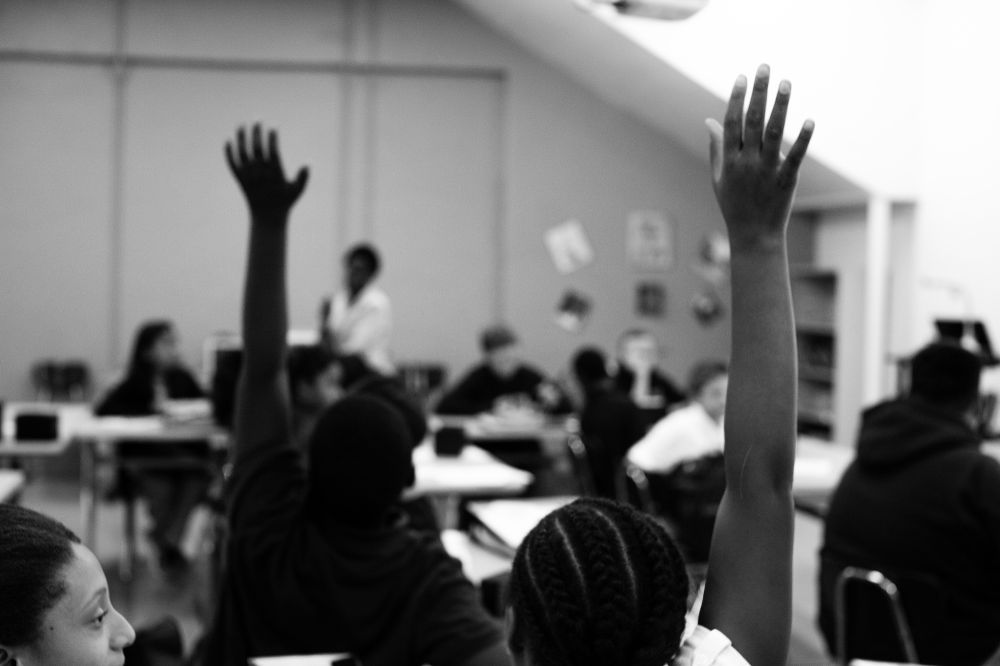Likewise, 95% of students were able to comprehend the meaning of phrases of various lengths.
According to the Foundational Learning Study-2022, which the National Council of Educational Research and Training (NCERT) issued on Wednesday, Class-III children in Odisha do significantly better in these areas than their counterparts nationwide. The same is true for Hindi.
In March, 3,086 and 605 instructors of Class III pupils from 329 schools, including government, government aided, private, and Kendriya Vidyalayas, participated in a statewide survey in Odisha. It evaluated their fundamental language (English, Odia, and Urdu) and numeracy learning skills.
In contrast to the 85 percent national average, the results showed that 92 percent of students could listen to and grasp English sentences. Additionally, 97 percent of students could recognise the initial and ending sounds of English words, which was higher than the 95 percent average. All of the pupils who were interviewed could read aloud letters, but only 94 percent of them could read words correctly and fluently, compared to 95 and 73 percent nationally.
Likewise, 95% of pupils were able to comprehend the meaning of phrases of various lengths. Only 6 percent of respondents lacked the fundamental grade-level English abilities, 15 percent had only a few, 14 percent had enough, and 65 percent had above-average English skills, according to the survey.
In Hindi, 99 percent of students could listen to and understand texts, compared to the national average of 85 percent. 93 percent of students in the State could read Hindi texts, compared to 87 percent of students at the national level. In fact, the survey discovered that although only 23 percent of pupils nationwide could accurately read Hindi words with understanding in one minute, 43 percent of children in Odisha could.
Foundational numeracy, which entails number recognition and discrimination (identifying bigger numbers), addition and subtraction, division and multiplication, fractions, and spotting patterns made up of numbers and shapes, is not as sunny.
Only 50% of the students interviewed were able to read numerals up to 9,999, and only 55% were able to compare two numbers and determine which was larger. In these two categories, the national average was 65 and 67 percent, respectively. Similar to this, just 41 percent of pupils were able to perform addition and subtraction, while 44 percent were able to recognise applications of number operations in everyday contexts and provide the right responses.
53 percent of students in Odisha could grasp and use multiplication tables to solve problems, compared to 71 percent of students nationwide. Only 36% of students could divide numbers, while 40% of students answered measurement-based tasks.
The good news is that students in Odisha outperformed those in Tamil Nadu, Jammu & Kashmir, Assam, Gujarat, and Chhattisgarh in terms of numeracy, where the proportion of students who lack the fundamental abilities is respectively 29 percent, 28 percent, and 18 percent.

